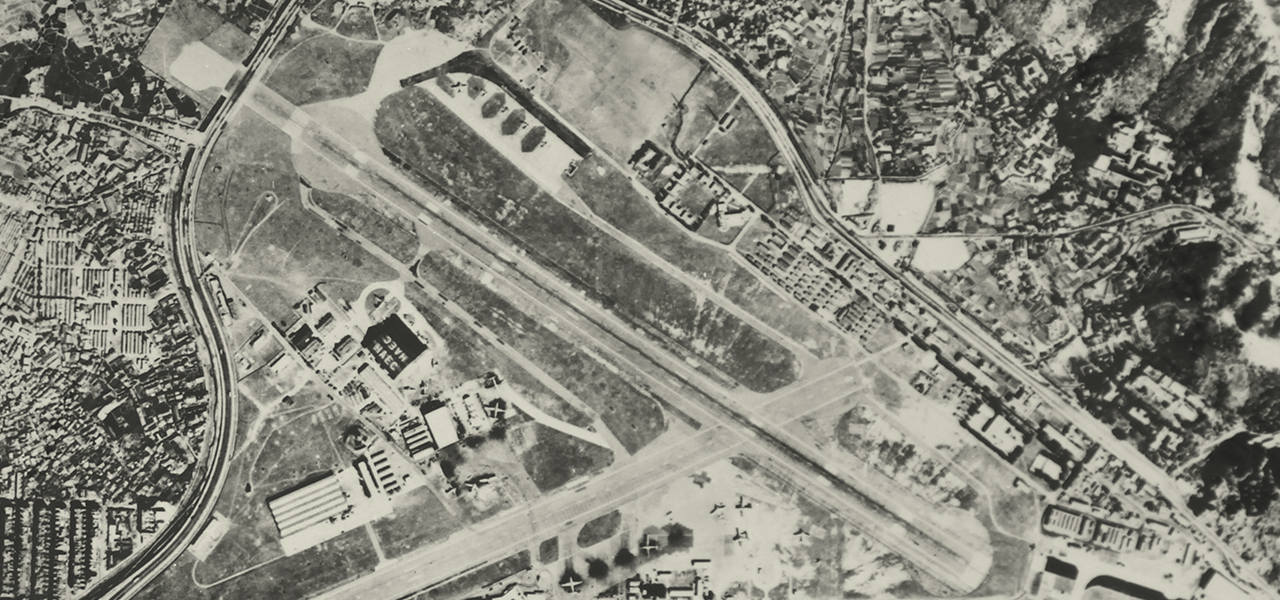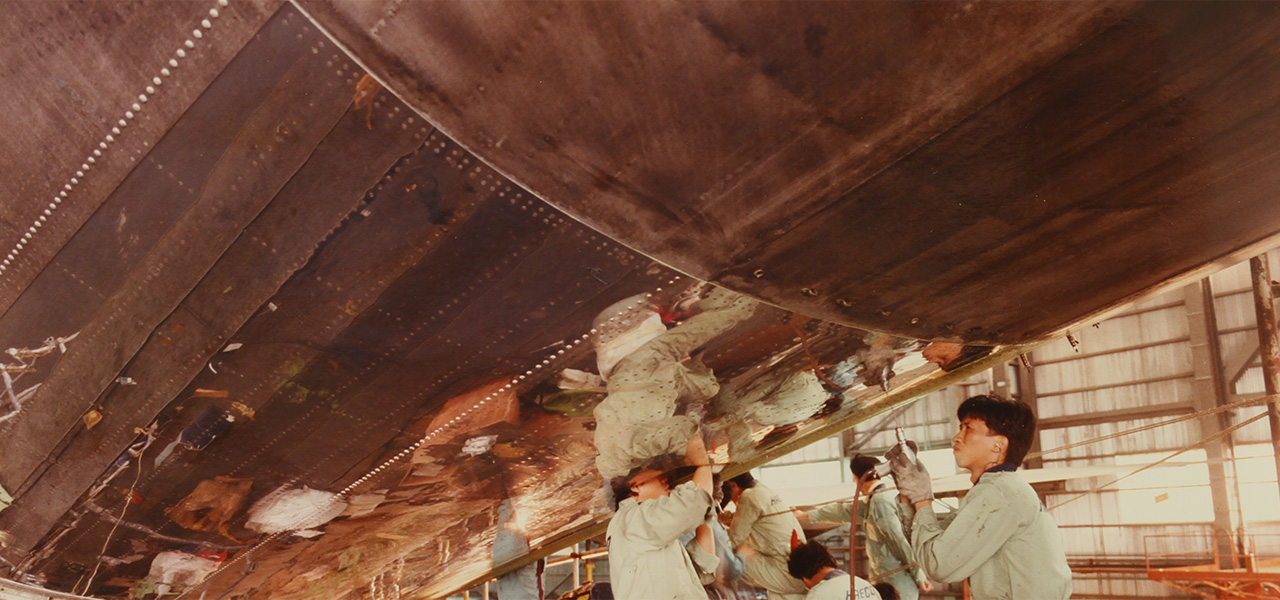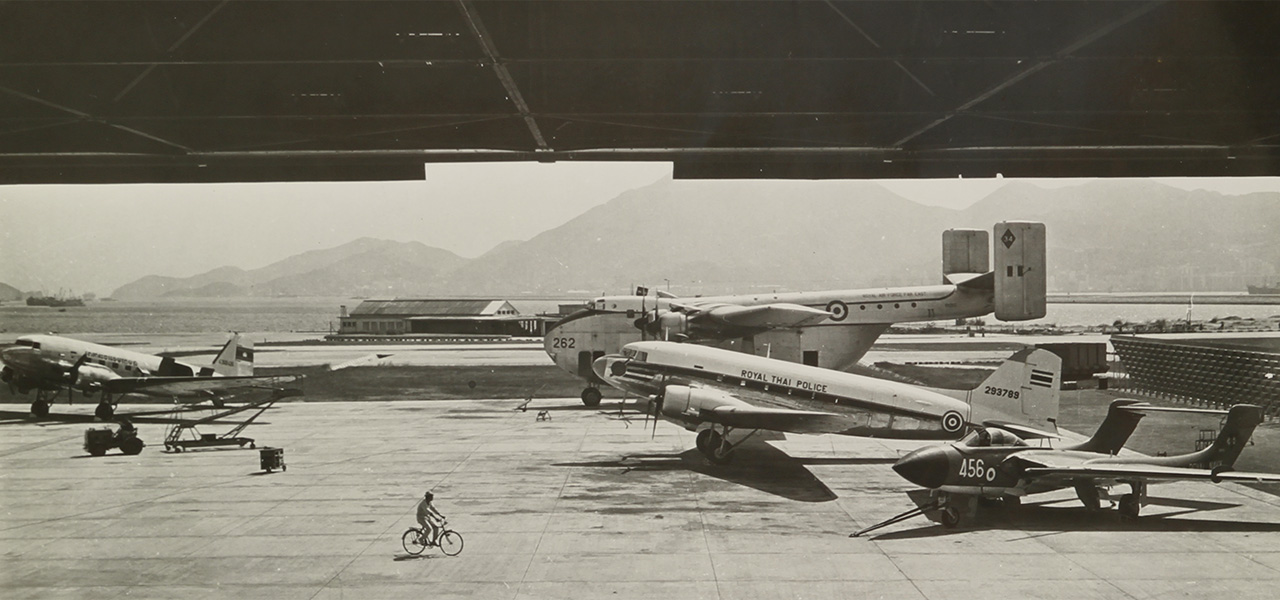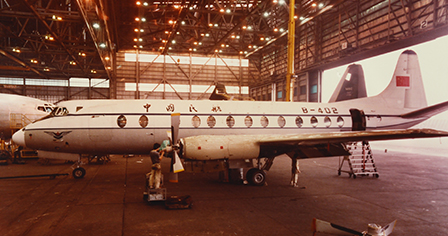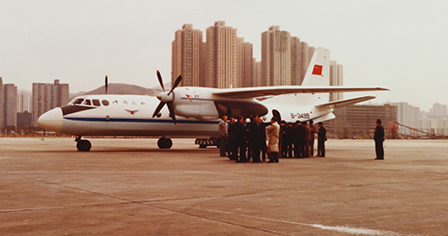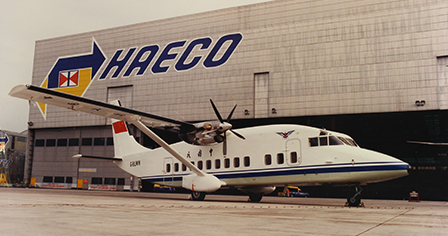
 Stories
Stories
-
32
Where are you from?
-
33
The “Black Widows”
-
34
Two become one
-
35
Kashmir Princess
-
36
USAF new installment
-
37
Naughty USAF crew
-
38
The 1967 Riot
-
39
CAAC arrives
-
40
Revolution’s aftermath
-
41
The brain drain
39

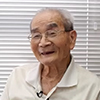
Lee Ping
The most interesting things had to do with China’s open-up in the late 70s. It was the time when China started to get in touch with the world outside, and HAECO was the first contact zone between The Civil Aviation Administration of China (CAAC) and the world…
Intensive security arrangements are taken for CAAC during the early years
When the first fleet of CAAC aircrafts came for service after the open-up, we had to put some Indians to stand guard over them and to ask for signatures when they went in for maintenance. The planes were “Viscounts”. I thought they demanded strict protection to avoid any kind of damage.
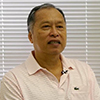
Yiu Yu Tim
Right! CAAC was very rigorous in guarding the planes…
The phenomenal spectacle during the first arrival of the CAAC
CAAC sent four “Viscounts” to HAECO early on, and there were strict rules to follow when we took over them. We had to ask for specific permit just to get close to them. Where they parked was a highly restricted area. They feared that someone would plant things inside the planes. The seniors said someone in the past planted a bomb on the plane of Zhou Enlai, but luckily he wasn’t on-board.
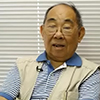
Au Sung Lai
Let’s make a guess. When CAAC sent its staffs to Kai Tak for the first time, which of their working habits troubled us the most?

Kelvin
That they often recited the Little Red Book?

Lee
They couldn’t read traditional Chinese?

Au Sung Lai
Haha, neither! It was about their uniforms…
Misunderstandings caused by the Chinese civil aviation when they first arrived in Hong Kong
The CAAC planes were very clean, probably because they’re seldom used. No ordinary people in the mainland took planes; those who go on board were the military, and invariably they wore the Mao suits. You could never make out who was the pilot and who was the worker. Then, as we made more contact, they started to make uniforms. But even then we were unable to identify one from another, because all of them were still in the same outfit: blue pants, blue jackets and blue caps with a star. We had no idea which one of them was senior.
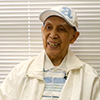
Lee Ming Chien
It was collectivism in the mainland. Everything was standardized…
All CAAC staff dressed in the same when they first arrived in Hong Kong during the 70s and 80s
The CAAC staffs that came in the 70s looked very identical in the blue uniforms. At that time they sent a “Trident” to HAECO for overhaul, so we came into contact. I heard they were very finicky.

Au Sung Lai
There was another annoying habit of them. They sought approval from the central authority for every tiny thing…
The bureaucratic behaviors of Chinese civil aviation staff when they first arrived in Hong Kong
When the CAAC first came to us, it looked as if none of them dared to make decision and yet every of them were able to do so. They discussed every tiny thing together. They shouldered responsibility together and claimed credit together. Everything was collective, and there was no individual at all.
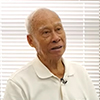
Huen Shing
The bureaucratic behaviors of Chinese civil aviation staff when they first arrived in Hong Kong
Those from CAAC were so demanding that they couldn’t finish with one aircraft when HAECO had already wrapped up ten. I guess that’s because they had not the nerve to make decision. They had to report to the superior for everything. In HAECO, on the other hand, a supervisor alone was able to make decision. So we could make money quickly.
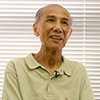
Chan Bing Cheong
I can give an example…
It is necessary to obtain the approval from a senior government official in Beijing for buying one single screw
In the early days of the open-up, the people from CAAC never took up responsibility. Everyone handed it over to the superior. Once I was asked to repair the keel of a “Viscount”. I found the screw broken, and I told them it was very easy to make another for you. But they insisted on buying it from Britain. They asked their foreman, who reported to the captain, who reported to the official of the Civil Aviation Department, who reported to the director of the Civil Aviation Department. It was only when the director approved of it that they took action. But it was just one screw! No one was willing to make decision because everyone was evading responsibility. It was worlds apart from today.

Au Sung Lai
The bureaucratic behaviors of Chinese civil aviation staff when they first arrived in Hong Kong
They did only one type of aircraft, and that’s all they knew. In HAECO we were good at every type, like military plane, bomber, cargo plane, etc. They were doing just one kind of plane the entire time, so they could tell you clearly everything about that plane. They didn’t work in a team like we did; they worked one after another, slowly and unhurriedly.

